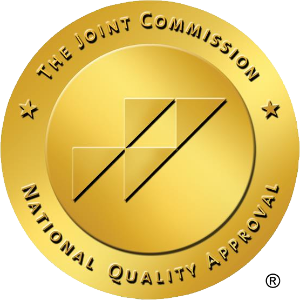Alcohol-related and synthetic drug-related overdoses and deaths appear to be on the rise, reports the National Institute on Drug Abuse (NIDA) and the National Institute on Alcohol Abuse and Alcoholism (NIAAA). Those who abuse synthetic drugs may experience severe anxiety, agitation, nausea, vomiting, high blood pressure, tremors and seizures, hallucinations, paranoia, and outbursts of aggression. Meanwhile, alcoholism impairs judgment and contributes to the deaths of more than 88,000 people annually. As these trends continue to grow, those with family members who abuse synthetic drugs or alcohol need to know a few things.
What Are Synthetic Drugs?
Synthetic drugs, otherwise known as synthetic cannabinoids and synthetic cathinones, reports the Office of National Drug Control Policy, refer to a class of man-made compounds that mimic the effects of illicit drugs.
- Synthetic cannabinoids mimic the effects of marijuana.
- Synthetic cathinones mimic the effects of amphetamines.
Unfortunately, synthetic drugs follow marijuana in abuse rates by high school seniors, which include adults who have recently graduated high school, 11.3 percent of high school seniors report having abused synthetic marijuana in the past year.
Synthetic drugs are created most often by spraying plant matter with a liquid synthetic. However, the chemical composition may be changed slightly with each formulation. Today, certain synthetic chemicals have been permanently banned and labeled as Schedule I substances by the Drug Enforcement Agency (DEA). Furthermore, synthetics are usually labeled as “not for human consumption,” but this is merely a cover-up for the potential dangers of the substances.
Similar to alcohol, synthetic drugs continue to be sold in convenience stores, tobacco shops, and online. Unfortunately, the constantly-changing chemical composition of synthetic drugs has made government attempts to ban the substances nearly impossible, and more people are turning to synthetics in place of illicit drugs, which will further increase the risk of overdose and death from synthetic drug abuse.
What Are the Common Misconceptions About Alcoholism and Synthetic Drug Abuse?
Part of the reason alcoholism and synthetic drug abuse rates remain high rests on the notion of safety and legality of the substances. Alcohol may be obtained legally by anyone over age 21 in most states. Yet, synthetic drugs may be obtained by anyone above age 18. In some cases, those under age 18 may order synthetic drugs online if the respective site does not verify age. In other words, nearly anyone can obtain these substances relatively quickly. This perceived legality encourages synthetic drug abuse by providing a sense of safety in synthetic drug abuse.
Alcoholism has also become a key part of collegiate culture in the US. In fact, 60 percent of college students report having “established drinking habits,” most often binge drinking, asserts the NIAAA. Sadly, “1,825 college students between the ages of 18 and 24 die from alcohol-related injuries.”
What Can Be Done About Alcoholism and Synthetic Drug Abuse?
Treatment options exist for alcoholism and synthetic drug abuse, which may include inpatient hospitalization at an alcohol addiction treatment center. Furthermore, alcohol rehab treatment centers play a key role in helping those with alcoholism learn more about the potential dangers of continued problem drinking and synthetic drug abuse. Withdrawal from synthetics and alcoholism may lead to psychosis, and some synthetic drugs have directly contributed to substance-induced psychosis. As a result, increasing awareness and improving education about these dangers through community outreach programs, such as those offered by an alcohol addiction treatment center, remain the most effective pathways towards reducing the disturbing increase in synthetic drug-related and alcohol-related deaths.
Regardless of packaging claims, synthetic drugs are addictive, reports the NIDA, and the number of synthetic drugs continues to grow annually, 158 known compounds in 2012. Although local, state, and federal governments continue working to reduce the incidence of synthetic- and alcohol-related overdoses and deaths, synthetics and alcohol remain on the streets and in stores. Until further regulations are enacted, everyone needs to understand the real dangers behind synthetic drugs and alcohol, and those who believe the manufacturer’s claims of “safety and legality” need to re-evaluate the substances.




Comments are closed.